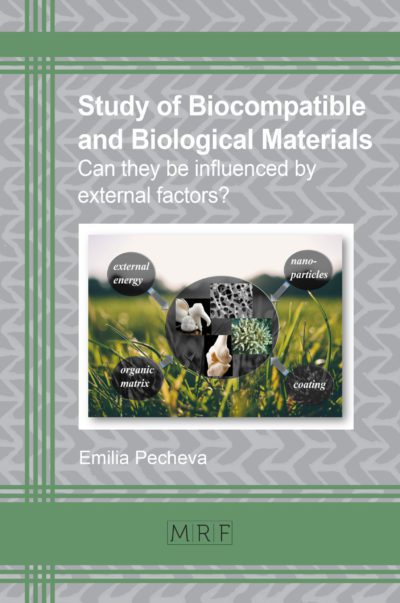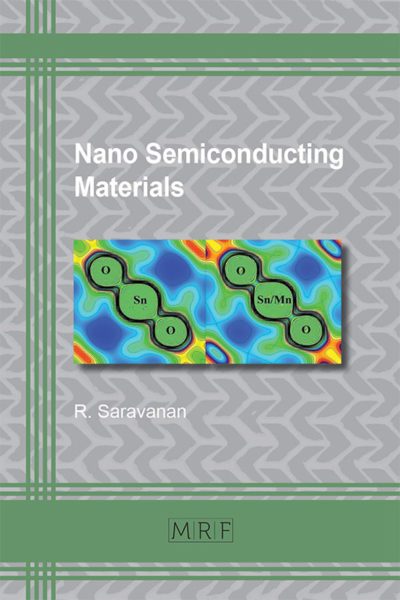Mechanical Properties of MAX Phases
D.J. Fisher
Materials Research Foundations Vol. 97
Publication Date 2021, 134 Pages
Print ISBN 978-1-64490-126-7 (release date April 2021)
ePDF ISBN 978-1-64490-127-4
DOI: 10.21741/9781644901274
MAX Phase Materials are uniquely structured carbide and nitride materials which combine the rigidity, oxidation-resistance and high-temperature strength of ceramic materials with such metallic properties as good machinability, thermal-shock resistance, damage-tolerance and good transport properties. Potential applications include microelectronic layers, coatings for electrical contacts, thermal shock-resistant refractories, high-temperature heating elements, neutron-irradiation resistant nuclear applications, thermal barriers, protective aerospace coatings, and bio-compatible materials. The book reviews theoretical and experimental research up to early 2021 and references 185 original resources with their direct web links for in-depth reading.
Keywords
MAX Phase Materials, Rigidity, High-Temperature Strength, Machinability, Microelectronic Layers, Electrical Contact Coatings, Thermal-Shock Resistance, Heating Elements, Neutron-Irradiation Resistant Materials, Thermal Barriers, Bio-compatible Materials
Google Preview
Related Links
https://en.wikipedia.org/wiki/MAX_phases














